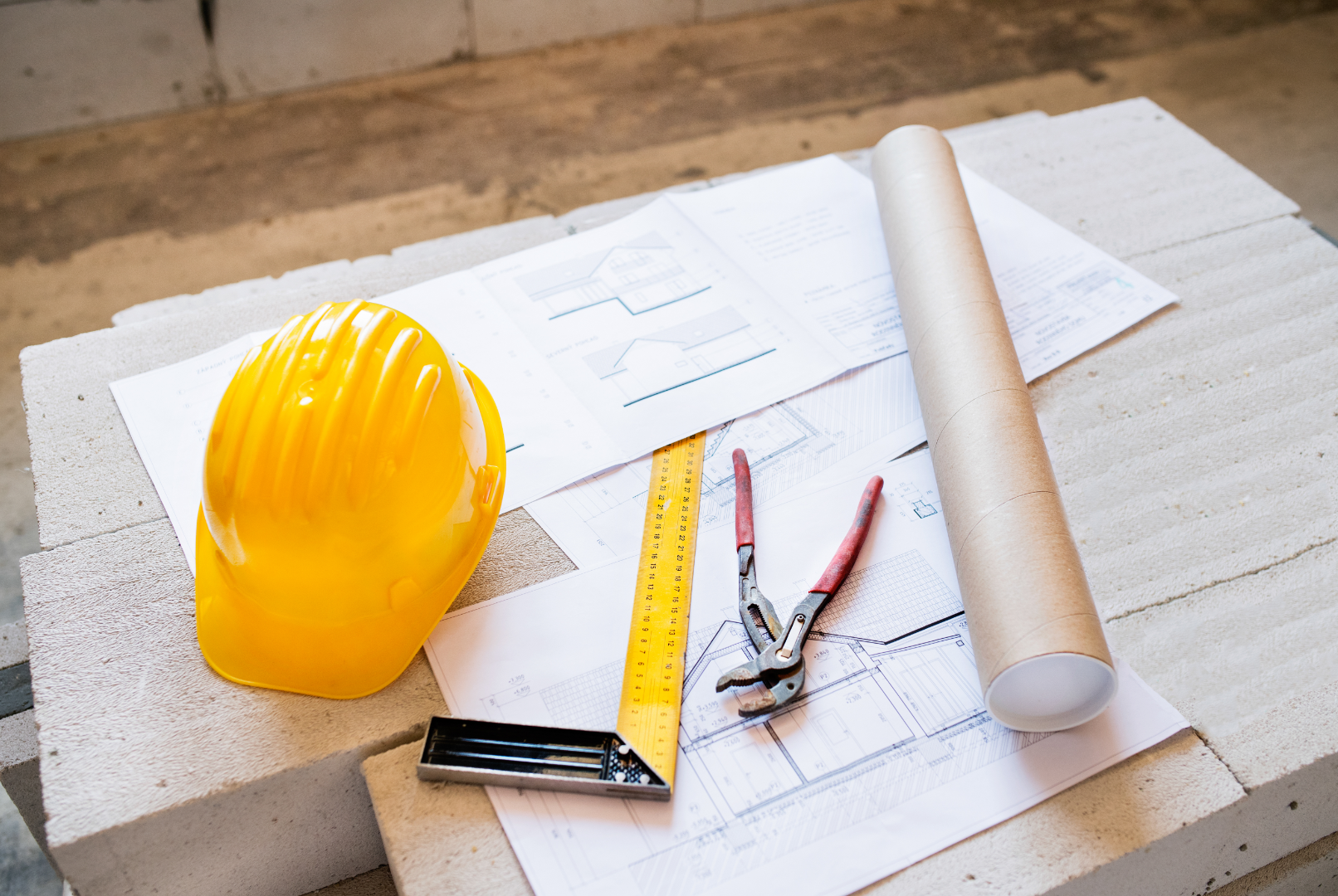
Innovative Construction Trends to Watch in 2023
The construction industry has always been at the forefront of adopting innovative technologies and practices to improve efficiency, reduce costs, and enhance the quality of built structures. As we delve into 2023, several emerging trends are poised to reshape the construction landscape. For professionals, understanding these trends can offer a competitive edge. For clients, it promises more sustainable, efficient, and advanced structures. Let’s dive into the most compelling construction trends of this year.
Digital Twin Technology
Digital twins refer to the virtual replicas of physical assets, processes, or systems. In construction, this translates to a comprehensive digital representation of a building or infrastructure. These twins can be used to monitor, analyze, and optimize construction processes in real-time, making project management more efficient and predictive.
3D Printed Buildings and Components
3D printing in construction has evolved from prototyping small components to printing entire building structures. This technology reduces waste, speeds up construction times, and allows for unique architectural designs that would be difficult to achieve using traditional methods.
Sustainable and Green Construction
Sustainability is no longer a niche – it’s the norm. Construction trends now lean towards using eco-friendly materials, optimizing energy consumption, and integrating green spaces within urban designs. Additionally, the industry is seeing an increase in buildings that generate their energy or manage water resources innovatively.
Augmented Reality (AR) and Virtual Reality (VR)
AR and VR are enhancing the visualization of construction projects. While VR immerses the user in a completely virtual environment, AR overlays digital information onto the real world. These technologies aid in training, design visualization, and on-site construction processes.
Modular and Prefabricated Construction
Off-site construction, or building components in a factory and then transporting mobile offices to the site for assembly, is gaining momentum. It offers faster construction times, less waste, and a controlled environment that can lead to better quality and safety.
Construction Robotics and Automation
From brick-laying robots to drones surveying sites, automation is playing a bigger role in construction. Robotics can work tirelessly, reduce human error, and perform tasks more efficiently, leading to faster and safer project completions.
Advanced Building Materials
Self-healing concrete, transparent aluminum, and aerogels are just a few examples of advanced materials making their way into construction. These materials can extend the lifespan of structures, reduce maintenance costs, and provide better insulation or strength than traditional materials.

Connected Job Sites
The use of IoT (Internet of Things) devices in construction sites is on the rise. Sensors can monitor equipment health, track assets, and collect data on various aspects of the construction process, ensuring that everything runs smoothly and efficiently.
Data Analytics and Big Data
With sensors, drones, and software collecting enormous amounts of data, construction companies are harnessing the power of data analytics to gain insights. This can lead to better decision-making, predictive maintenance, and optimized workflows.
Improved Safety Measures with Wearable Tech
Smart helmets, vests with embedded sensors, and AR glasses can monitor workers’ health, ensure they are in safe zones, and provide them with real-time information or warnings about potential hazards.
The construction industry is witnessing an era of rapid technological advancements and innovations. From digital twins and 3D printing to the rise of sustainable construction practices and the use of big data, the future of construction looks promising and exciting. By staying abreast of these trends, construction professionals can better prepare for the future, and clients can expect more resilient, efficient, and innovative structures.
Implementing New Construction Trends in the Work Field
Adopting innovative construction trends can seem daunting, but with a strategic approach, these transitions can be seamless and even exciting. Here’s a comprehensive guide to help businesses and professionals implement the latest construction trends into their work field:
Assessment and Identification
- Analyze Current Methods: Before diving into new trends, understand your existing processes and methodologies.
- Identify Gaps: Recognize where improvements are needed and where new trends can best fit.
Stay Updated and Educated
- Continuous Learning: Enroll in workshops, webinars, and courses. Staying updated with industry changes ensures you’re always ahead.
- Industry Publications: Regularly read construction magazines, journals, and online platforms that highlight new trends.
Pilot Testing
- Start Small: Before a full-scale implementation, try out a new trend on a smaller project or segment.
- Evaluate: Once the pilot is complete, review its outcomes, noting benefits and areas for improvement.
Invest in Technology and Equipment
- Budgeting: Allocate funds for acquiring new tech or equipment. Consider both upfront costs and long-term ROI.
- Training: Simply buying technology isn’t enough. Ensure that your team is trained to use it efficiently.

Collaboration and Partnerships
- Find Experts: Collaborate with professionals or firms who specialize in the new trend you’re looking to adopt.
- Joint Ventures: Consider partnering with innovative companies to jointly tackle projects, sharing expertise and resources.
Incorporate Feedback Mechanisms
- Feedback Loops: Ensure that there are channels for your team to provide feedback during the implementation phase.
- Iterate: Use the feedback to make continuous improvements and adjustments.
Prioritize Safety
- Safety Protocols: When adopting new technologies or methodologies, update safety protocols accordingly.
- Regular Training: Ensure that all team members are aware of and trained in the updated safety measures.
Change Management
- Clear Communication: Be transparent with your team about why the change is happening and the benefits it brings.
- Support Systems: Establish support systems, such as help desks or mentors, to assist team members during the transition.
Monitor and Evaluate
- Key Performance Indicators (KPIs): Set clear KPIs to measure the success of the implemented trend.
- Regular Check-ins: Conduct periodic reviews to monitor progress and address any challenges.
Stay Adaptable
- Flexibility: Remember that not every trend will fit perfectly into your workflow. Be prepared to adapt as necessary.
- Stay Open to Revisions: If something isn’t working, be ready to pivot and make necessary adjustments.
Integrating new trends into the construction field requires foresight, strategic planning, and a commitment to continuous improvement. However, the benefits of staying at the cutting edge—ranging from increased efficiency and reduced costs to enhanced project outcomes—are well worth the effort. With patience, persistence, and a structured approach, construction firms can smoothly transition into the future, setting the standard for excellence in the industry
If you’re in the construction industry and you’re looking for a mobile office to better help implement these new trends on-site we’d love to get you a quote!
